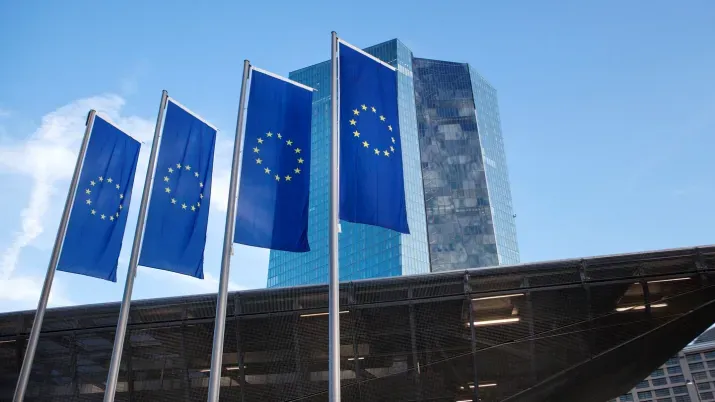Recession – but for how long?
TwentyFour
In the last few days the World Health Organisation has declared COVID-19 a global pandemic, the Italian government has imposed a nationwide lockdown on 60 million people, and President Trump has banned all travel to the US from Schengen Area European countries for 30 days.
Unsurprisingly, global financial markets have not reacted well to this barrage of bad news, with the US stock market officially entering a bear market and bellwether US Treasury yields hitting record lows. Every investor is now looking for the answer to one simple question: how deep will the economic impact be, and how long will it last?
Shock and awe
The answer to this question will depend heavily on the response from central banks and governments, and we are finally starting to see some ‘shock and awe’ being deployed in this area.
On March 11 the Bank of England and the UK government deployed a joint stimulus package that we hoped might become a template for truly coordinated monetary and fiscal policy action going forward. The BoE cut rates by 50bp, launched a new cheap funding scheme for banks and reduced their capital requirements, with the outgoing governor Mark Carney saying the latter two measures would facilitate up to £300bn of new lending. Hours after the central bank’s move, the UK finance minister Rishi Sunak announced a raft of measures to support businesses and workers suffering from the effects of COVID-19.
On March 12, the European Central Bank joined the fight with an extra €120bn “envelope” of asset purchases available until the end of the year, alongside easing capital requirements for banks and a new round of cheaper ‘TLTRO III’ loans. In her press conference, ECB president Christine Lagarde then tried to pressure Eurozone governments into contributing, saying the response should be “fiscal first and foremost”.
Around the globe, we are seeing huge open market repo operations from central banks that do not have a permanent facility in order to ensure ample liquidity in the system.
Can markets go lower?
We see three competing scenarios at the moment.
Scenario 1
The shock and awe actions from the authorities, which are designed to bridge the sharp and painful drop in economic activity, are deemed to overwhelm the short term pain in the market, meaning investors are willing to look through currently volatility and buy the market.
We think this is too bullish at the moment as its imperative that the world acts collectively with both fiscal and monetary stimulus, and this has not yet happened.
Scenario 2
The second order effects of the virus are as yet unknown, but could surprise people with perhaps more permanent damage to supply chains, or somehow putting a more long term dent into consumer confidence. The result of which is to make the current severe downturn in economic activity a more drawn out recession, without the swift recovery that is hoped for.
We think this is too bearish currently, as we do not yet know what these second order effects actually are or how important they will be. We have seen the first order effects which are sickness, shutdowns and a grinding to a halt of day-to-day business. In China people have been returning to work and factories are cranking up production again, but can they get to full production across the board, and will the demand for products and services still be there? We need time to tell how this plays out in the next couple of months.
Scenario 3
The shock and awe actions from authorities are welcome and will ultimately have a large impact on the turnaround, as well as providing short term relief. However, these actions will be few and far between when compared to the societal and business news flow over the next two months, which will be continuous and sensational and therefore keep a lid on risk appetite. There will be large capitulation days and hard bounce-backs for the next few weeks, which in aggregate will probably take markets lower still than where we are today.
We think this is where we are currently, and while many markets are undoubtedly cheap, they will struggle to perform during this period. We think not adding risk yet makes most sense to us, especially as over the next few weeks we can begin to get a better picture of what the second order effects of the virus may be, and thus have a clearer view on whether to shift to scenario 1 or 2.
Additionally, it is worth noting that in many assets we have reached the lows seen during the global financial crisis, and some of these falls have happened in record time. Investors could soon be looking at credit valuations and forward break-evens and getting more comfortable with buying back in. However, this doesn’t necessarily mean we have reached the bottom. Trading should become more balanced, though it will likely remain volatile and the moves may well skew lower in the short term. So despite apparent medium term value, we would still be patient.
At times like this we believe in communicating as frequently and as clearly as possible with our investors. We hope you are finding the more regular updates on our thinking useful, and we would urge anyone with additional questions to contact their local sales representative or simply email sales@twentyfouram.com .






